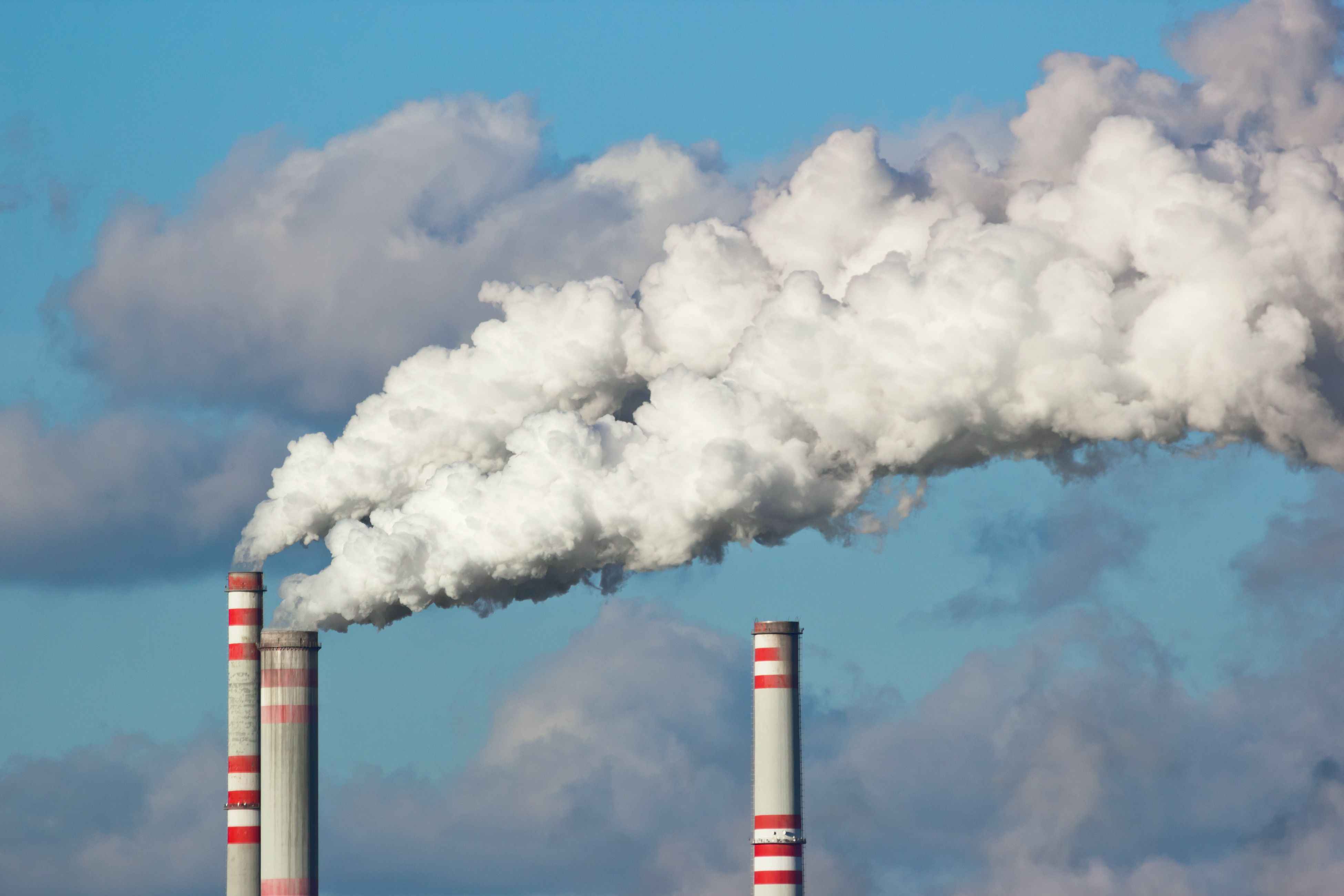- Center on Health Equity & Access
- Clinical
- Health Care Cost
- Health Care Delivery
- Insurance
- Policy
- Technology
- Value-Based Care
Air Pollution Increases IPF Exacerbations, but Role in Disease Progression Remains Uncertain
Although air pollution is linked to increased exacerbations in patients with idiopathic pulmonary fibrosis (IPF), its role in disease progression remains uncertain, with evidence suggesting that both genetic susceptibility and environmental factors contribute to IPF development.
Sean Callahan, MD, FCCP, associate professor of medicine at the University of North Carolina School of Medicine, reported at the CHEST 2024 meeting in Boston, Massachusetts, that air pollution is associated with increased exacerbations in patients with idiopathic pulmonary fibrosis (IPF), but its impact on disease progression remains unclear.
While air pollution is linked to increased exacerbations and potential mortality in patients with idiopathic pulmonary fibrosis (IPF), its role in disease progression remains uncertain. | Image Credit: martin33 - stock.adobe.com

During the session “The Air They Breathe: Impact of Air Pollution Exposure on Patients With ILD,” Callahan approached the topic of IPF and air pollution by posing 3 key questions commonly raised by his residents and fellows:
- Causation: Is there a link between IPF and air pollution?
- Spikes vs constant exposure: Which is worse?
- Progression vs exacerbations: Does air pollution accelerate decline? Or push you off the cliff?
Callahan noted that evidence on the link between IPF and air pollution is mixed, with some studies suggesting a slight increase in IPF incidence in areas with higher air pollution levels. He referenced a recent UK Biobank study that found a greater IPF incidence in regions with elevated air pollution.1 More specifically, each IQR increase in nitrogen dioxide (NO2), nitrogen oxide (NOx), and particulate matter 2.5 (PM2.5) was associated with greater hazard ratios for IPF.
Also, patients with genetic risk factors and higher air pollution exposure were at greater risk of IPF. Therefore, Callahan concluded that IPF development is likely influenced by a combination of genetic susceptibility and environmental factors.
Additionally, he noted that subacute exposure to air pollution, or weeks to months, appears to have a greater impact on IPF activity than short-term spikes or long-term exposure; this time frame is also studied most often. For example, he highlighted a study that found that greater PM2.5 levels increased the risk of IPD exacerbation 1 to 2 months later.2 Also, another study that cross-referenced IPF exacerbations with air pollution levels 6 weeks prior associated greater NO2 and ozone (O3) levels with acute exacerbations of IPF.3
However, regarding the relationship between air pollution and IPF progression, Callahan stated that the evidence remains inconclusive.
“...It’s really unclear whether it [air pollution] contributes to progression,” he concluded. “I think a lot of people think it probably does, but the jury’s out.”
To mitigate the effects of air pollution, particularly on “bad air days,” Alexys Monoson, MD, assistant professor at the University of Utah School of Medicine, advised patients during the session to only leave home when necessary, consider wearing a mask when leaving the house, and set their car’s air system to “recirculation” mode while driving. She also emphasized the importance of patient education and advocacy for local and national legislation.
Air pollution is closely linked to climate change, the subject of today’s keynote address, “The Climate and Health Pandemic,” delivered by Vanessa Kerry, MD, MSc, director of Global and Climate Health Policy in the Department of Environmental Health at the Harvard TH Chan School of Public Health.
During her address, Kerry discussed the wide-ranging impacts of climate change, calling on clinicians to recognize these threats, advocate for policy changes, and implement sustainable practices to mitigate and adapt to the accelerating effects of global warming.
“We are confronting an acceleration of existing problems,” Kerry concluded. “Therefore, we must confront fixing them in ways we have not yet tackled. But I am an optimist, and I see only opportunity, but one that is led by all of us as clinicians, bringing science, research, education, and excellence in clinical care to our patients’ lived experience and making sure that our patients’ lived experience is in the forefront of any conversation.”
References
- Cui F, Sun Y, Xie J, et al. Air pollutants, genetic susceptibility and risk of incident idiopathic pulmonary fibrosis. Eur Respir J. 2023;61(2):2200777. doi:10.1183/13993003.00777-2022
- Johannson KA, Vittinghoff E, Lee K, et al. Acute exacerbation of idiopathic pulmonary fibrosis associated with air pollution exposure. Eur Respir J. 2014;43(4):1124-1131. doi:10.1183/09031936.00122213
- Tahara M, Fujino Y, Yamasaki K, et al. Exposure to PM2.5 is a risk factor for acute exacerbation of surgically diagnosed idiopathic pulmonary fibrosis: a case-control study. Respir Res. 2021;22(1):80. doi:10.1186/s12931-021-01671-6
